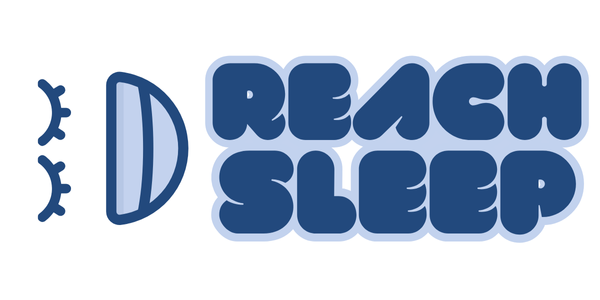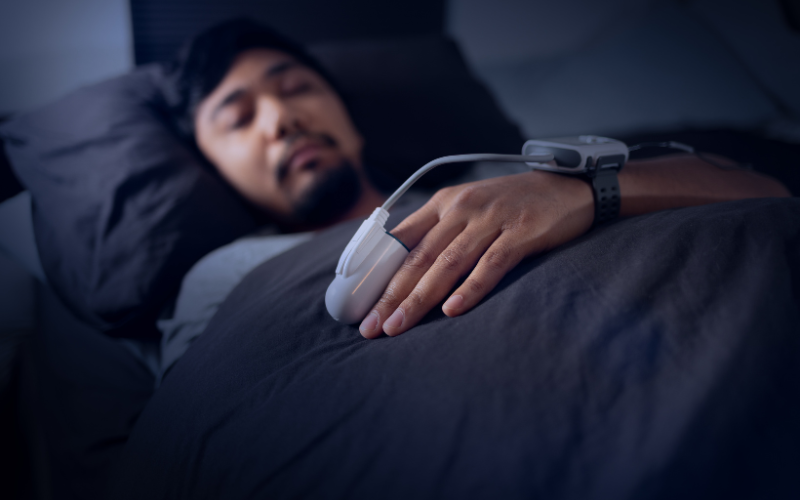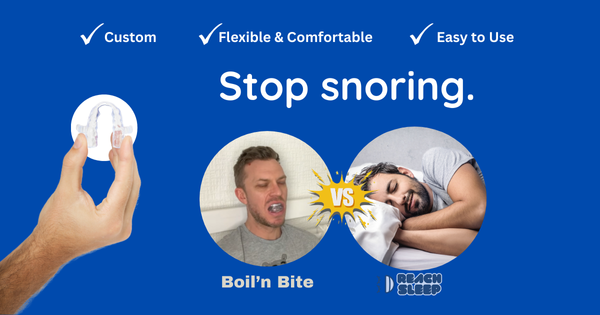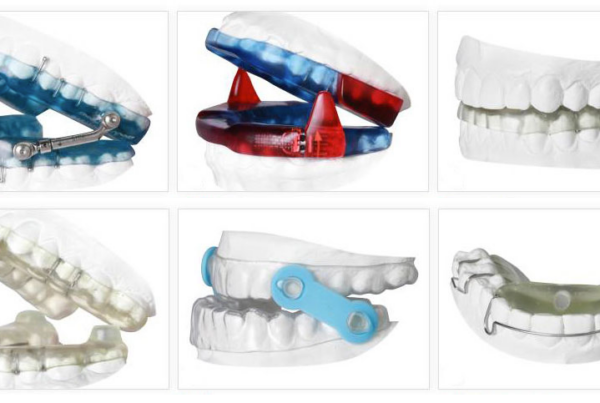Sleep tracking has become a powerful tool for understanding how lifestyle changes, devices, and supplements affect our rest. One of the latest entries into the sleep tech space is the Reach Sleep TAO, a wearable designed to improve sleep quality by delivering gentle electrical pulses aimed at calming the nervous system. But does it actually work?
We decided to put the TAO to the test using objective, at-home sleep data to find out.
The Setup: How We Measured Sleep Improvement
To evaluate the effectiveness of the Reach Sleep TAO, we ran a simple experiment over a three-week period, tracking sleep before and after introducing the device.
Tools Used:
- Sleep Tracking App: We used Oura to monitor key metrics like total sleep, deep sleep, REM, sleep latency, and wake-ups.
- But you can also use Sleep Cycle, Apple Health, Whoop, etc.
- But you can also use Sleep Cycle, Apple Health, Whoop, etc.
- Reach Sleep TAO: Worn nightly according to the manufacturer’s instructions.
- Controlled Environment: Caffeine, alcohol, and screen time were kept consistent throughout the experiment to minimize external influence.
Week 1: Baseline Sleep Without TAO
Before introducing the device, we tracked a full week of normal sleep to establish a baseline. Average nightly metrics:
- Total Sleep Time: 6h 50m
- Deep Sleep: 1h 5m
- REM Sleep: 1h 30m
- Sleep Latency: 28 minutes
- Wake-Ups per Night: 2.3
During this period, there were common issues: difficulty falling asleep, fragmented sleep, and occasional grogginess in the morning.
Week 2–3: Wearing the Reach Sleep TAO
After the baseline period, we started using the Reach Sleep TAO device nightly. The experience was subtle—no distracting noise or sensations, just a mild warming effect and pulsing that faded into the background after a few minutes.
By the second week of use, we started seeing some notable differences in the data:
- Total Sleep Time: 7h 20m (+30m)
- Deep Sleep: 1h 40m (+35m)
- REM Sleep: 1h 45m (+15m)
- Sleep Latency: 15 minutes (-13m)
- Wake-Ups per Night: 1.1 (-1.2)
Subjectively, sleep felt deeper and more restorative. Falling asleep became noticeably easier, and waking up felt less groggy—even with the same amount of total sleep.
What This Suggests
While it’s still a personal case study and not a clinical trial, the improvements in deep sleep and reduced wake-ups suggest that the Reach Sleep TAO may be helping regulate the nervous system and enhance sleep depth.
The biggest differences came in:
- Reduced time to fall asleep
- Increased deep sleep
- Fewer mid-night disruptions
This aligns with TAO’s stated goal: stimulating the parasympathetic nervous system to induce a more restful state.
Limitations of Our Test
- One participant: For broader conclusions, this would need a larger sample size.
- Placebo effect: Even with measurable improvement, the awareness of using a sleep aid can influence outcomes.
- Tracking accuracy: Consumer sleep trackers are good, but not perfect. Polysomnography remains the gold standard.
Final Verdict: Promising for Sleep Optimization
If you struggle with falling asleep, light sleep, or frequent wake-ups, the Reach Sleep TAO may be worth exploring. The data in our informal test suggests measurable benefits—especially for deep sleep and reduced latency.
For best results, pair the TAO with strong sleep hygiene: dark, cool room, no screens before bed, and a consistent schedule.
Next Steps:
Interested in testing your own sleep with the TAO or another sleep aid? Here’s a quick guide:
- Track your baseline sleep for 5–7 days without any device.
- Introduce the sleep wearable, and keep everything else consistent.
- Compare key metrics like deep sleep, REM, latency, and wake-ups.
- Journal how you feel each morning—subjective data is valuable, too.
Let data—not just marketing—guide your sleep decisions.




